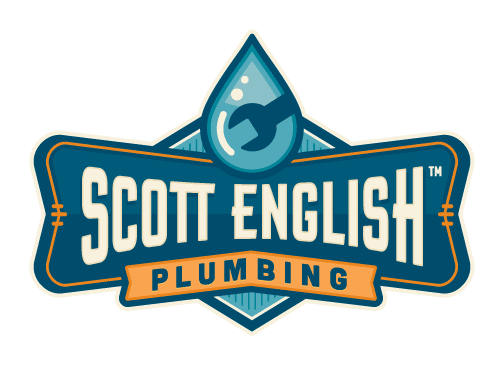4 DIY Pipe Fixtures
There are definite times when you need to call a plumber to deal with a problem in your home. But having a go at minor repairs and maintenance task yourself will save you money, reduce the chances of a major issue developing and improve your DIY skills. So next time one of the following problems occurs, why not try to fix it yourself?
1. Sweaty Pipes in the Basement
The pipes in your basement can sweat with cold water condensation that provides an ideal growing medium for mold. This mold can then spread along the whole pipe releasing spores and making the basement extremely unpleasant. If you have any items stored there they can be damaged beyond repair, so it’s a good idea to prevent it. This is a simple fix, cut some foam pipe insulation to size, and use it to cover any exposed pipe work that you can reach. Don’t worry too much if you can’t reach every piece of pipe, as every inch covered will diminish the likelihood of other lengths of pipe sweating.
2. Your Pipe is Leaking
If you have a small leak in one of your pipes, you will need to slow it down temporarily. This is not a permanent fix, but it will be useful to minimize damage while waiting for a plumber. Initially you will need to turn off your water supply, if possible drain the pipe and clean around the leak. After this is done get some garden hose and cut a small length to cover the hole, allow for a couple of extra inches at each end. Place the garden hose over the hole and secure each end tightly with a hose clamp. If you can’t find the leak, call us immediately for professional leak detection services.
3. The Pipes in Your Home Bang When You Flush the Toilet
This is probably being caused by high water pressure; plumbers refer to this as “water hammer”. The banging of your pipes is just the symptom, what you cannot see is the damage that this high pressure is causing to joints and washers in your system. Another good reason to correct this problem is that this can cause wear and tear on your dishwasher and clothes washer. The quick fix here is to locate the pressure regulator on the incoming waterline and turn down the water pressure. As a benchmark you should be looking at an incoming pressure of between 40 to 50 psi. You can adjust this with the simple turn of a screw. It’s a good idea to double check the psi with an inexpensive pressure gauge. To check the water pressure, connect the pressure gauge to an exterior faucet and turn it on. If after all this the problem persists, it can indicate a more serious problem and you will need to call a bathroom plumber.
4. Your Radiators Are Making a Knocking Sound
This sound is caused by air trapped in the system, so you need to remove the air using the bleed valve. On most radiators the bleed valve is at the top opposite of the inlet valve. You will need a screwdriver and a bucket to catch the water that is about to come out. Open the inlet valve by unscrewing it counter clockwise, place the bucket under the bleed valve and unscrew it with the screwdriver. Be careful as the water that will come out will be very hot. The water will probably sputter out at first. Let the water continue to come out until there is a steady flow with no air bubbles. Once you have finished you should go around your home and bleed all your other radiators. Hopefully this will fix the problem but if it continues you should call a plumber out as it could be a more serious fault.
These are just a few of the minor plumbing problems that you can fix yourself. In the event of a major problem occurring however it’s always a good idea to seek the advice of a professional plumber. If you would like more information regarding any plumbing issues you may have, contact Scott English Plumbing.
